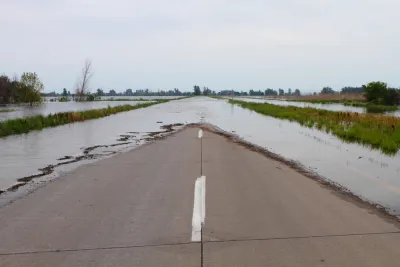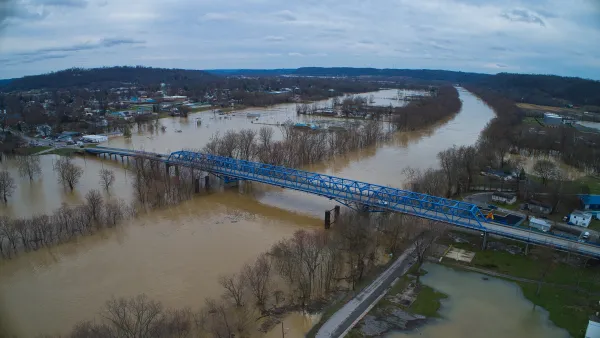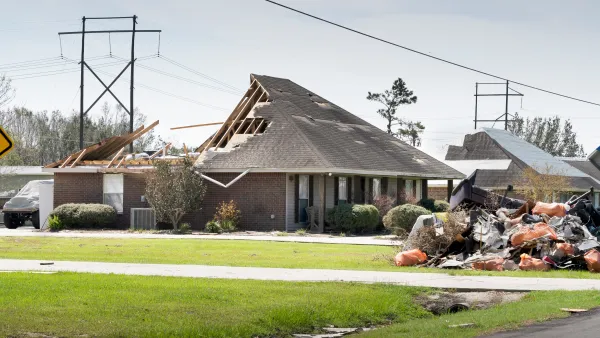Tight applications prevented many communities struck by disasters from applying for FEMA resilience grants, so the agency issued a new rule that extended the application window.

“U.S. communities recovering from major natural disasters now have more time to apply for a resilience-focused grant program the Federal Emergency Management Agency offers in the wake of such events,” according to a Smart City Dive article by Ysabelle Kempe. In August, FEMA published a final rule extending the application window for the Hazard Mitigation Grant Program from 12 months to 15 months, as well as the extension window from 180 days to 240 days. It will also allow FEMA to reopen closed application periods in certain cases, something that wasn’t previously possible.
State, local, tribal, and territorial governments that have experienced a federally declared major disaster are eligible to apply for the program, which provides support both to rebuild and mitigate future disaster impacts. “However, nearly 20% of the funds available through the program are left on the table, Victoria Salinas, FEMA’s associate administrator for resilience, wrote in an Aug. 15 LinkedIn post. She attributed the problem to the challenges posed by deadlines and how extensions were made,” Kempe reports. In addition to making it more feasible for governments to apply, the deadline extension is expected to reduce extension requests, which will reduce the administrative burdens for both the communities and the agency.
“The change is ‘a great example of an agency making small tweaks to a program based on stakeholder input’ and a move in the right direction, Melissa Roberts, founder and executive director of the American Flood Coalition, wrote in an Aug. 15 LinkedIn post,” according to the Smart Cities Dive article.
FULL STORY: Disaster-struck communities now have more time to apply for FEMA resilience grants

National Parks Layoffs Will Cause Communities to Lose Billions
Thousands of essential park workers were laid off this week, just before the busy spring break season.

Retro-silient?: America’s First “Eco-burb,” The Woodlands Turns 50
A master-planned community north of Houston offers lessons on green infrastructure and resilient design, but falls short of its founder’s lofty affordability and walkability goals.

Delivering for America Plan Will Downgrade Mail Service in at Least 49.5 Percent of Zip Codes
Republican and Democrat lawmakers criticize the plan for its disproportionate negative impact on rural communities.

Test News Post 1
This is a summary

Test News Headline 46
Test for the image on the front page.

Balancing Bombs and Butterflies: How the National Guard Protects a Rare Species
The National Guard at Fort Indiantown Gap uses GIS technology and land management strategies to balance military training with conservation efforts, ensuring the survival of the rare eastern regal fritillary butterfly.
Urban Design for Planners 1: Software Tools
This six-course series explores essential urban design concepts using open source software and equips planners with the tools they need to participate fully in the urban design process.
Planning for Universal Design
Learn the tools for implementing Universal Design in planning regulations.
EMC Planning Group, Inc.
Planetizen
Planetizen
Mpact (formerly Rail~Volution)
Great Falls Development Authority, Inc.
HUDs Office of Policy Development and Research
NYU Wagner Graduate School of Public Service





























